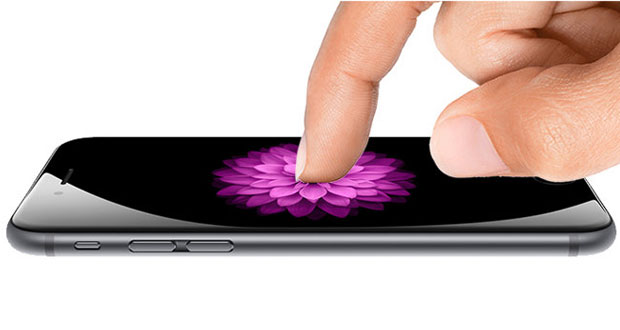A reference to Li-Fi technology on iOS 9 suggests that Apple wants to implement the functionality on the next iPhone. The novelty is still imminent.
A piece of code contained within iOS suggests that Apple is working on Li-Fi technology support on iPhone and iPad. It is a technology capable of transmitting data in a very fast manner using the light with a modulation such as to be imperceptible to the human eye. According to current theories, the new protocol could boast a throughput of up to 224 gigabits per second, threshold reached under ideal conditions obtained during lab tests.
For Li-Fi today is just a promising experiment. However, the quote discover the intricacies of the code of iOS, the iPhone and iPad operating system. It makes it clear that producers are very interested in the technology. Specifically we talk about the presence of a string ” Lifi Capability ” discovered by Chase Fromm, a member of the community of jailbreaker, and reported by AppleInsider site. The Li-Fi is one of the features of the iPhone 7 then? At the time of writing the hypothesis, we seem to us at least, risky.

This is because the technology is currently only an embryo and has to face many obstacles before it can effectively replace the Wi-Fi. Its operation is similar to that of an infrared controller: the data are transmitted to a receiver rapidly modulating a light source which is then converted into an electronic signal. Unlike infrared remotes, Li-Fi uses visible light, with the only changes due to the modulation that are imperceptible to the human eye.
This means that the same beam of light that reaches the eye must arrive at the receiver, and one of the ” obstacles ” to overcome is precisely this, namely the poor reliability of the technology in the presence of walls, or the like. In addition Li-Fi, the device must always maintain visual contact with the receiver, a factor that makes it certainly a safer technology compared to Wi-Fi, but less reliable in normal use except in limited fields in action (such as transferring files between multiple devices, for example).
Considered all its limitations, Li-Fi cannot currently be an alternative to Wi-Fi and probably will not be for long periods, so it is absolutely excluded its presence on iPhone models that will be in the near future. His presence on iOS 9 shows that Apple is still open to face new technological challenges, trying to take advantage of those it deems most interesting on the material plane.
The rest of Li-Fi, there have been in the past, of formidable intuitions, that still seem very far from being implemented. In 2011, Professor Harald Hass University of Edinburgh argued that ” it would be enough to use a small microchip in all lighting devices and this would combine two essential features, lighting and wireless data transmission. ” The professor then went on: ” In the future not only will have 14 billion light bulbs, but also 14 billion sensors Li-Fi scattered all over the world for a cleaner future, more environmentally friendly and even brighter. “

